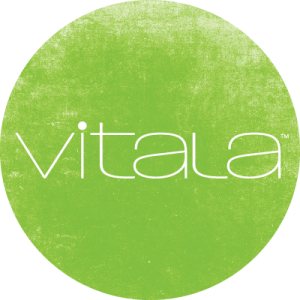The sunshine vitamin
It’s the time of year when the weather is changing and the days are getting shorter. For many Canadians, this means that they are at risk of not getting enough vitamin D due to reduced sun exposure combined with insufficient dietary intake.
A recent study assessed the vitamin D status of more than 5,000 individuals from all regions of Canada, providing a picture of the national prevalence of vitamin D insufficiency1. Biochemical analysis of vitamin D status indicated that one-quarter of Canadians had low levels of vitamin D, according to the recommendation provided by the Institute of Medicine (IOM).
In order to reach the recommended vitamin D level, Health Canada suggests a daily vitamin D intake of 600 IU for those 1-70 years of age, and 800 IU for adults over the age of 70. It is important to ensure that you meet this level of vitamin D intake for good health. Food sources of vitamin D include fortified milk, fatty fish and eggs. Some animal products, such as eggs, may be naturally enriched in vitamin D by feeding the animals a diet high in vitamin D.
When reading food product labels to check for the amount of vitamin D, it should be noted that the % daily value for adults is calculated from a total of 200 IUs, which is only a fraction of what you need. What will you do to increase your vitamin D intake?
References
1. Whiting, S. J., Langlois, K. A., Vatanparast, H. & Greene-Finestone, L. S. The vitamin D status of Canadians relative to the 2011 Dietary Reference Intakes: an examination in children and adults with and without supplement use. Am. J. Clin. Nutr. 94, 128–135 (2011).
-Bill
